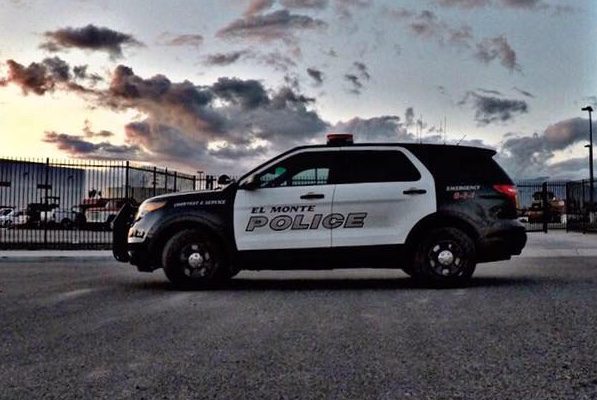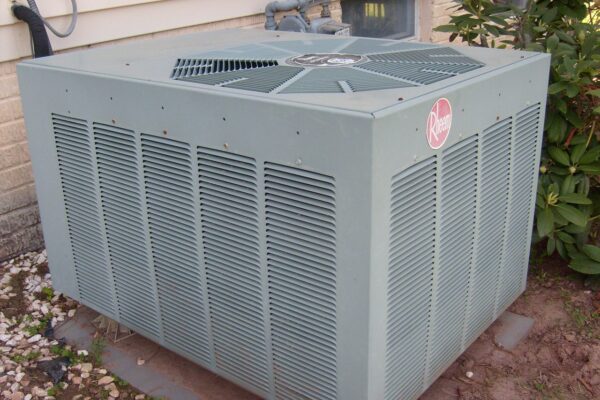Firefighters who responded to the car crash and house fire that ultimately killed actress Anne Heche in July could not begin lifesaving efforts for some 45 minutes after arriving, according to an NBC4 report.
The NBC4 I-Team report cited Los Angeles Fire Department records and time-stamped recordings of radio communications regarding the Aug. 5 crash of Heche’s Mini Cooper into a home in the 1700 block of South Walgrove Avenue in Mar Vista.
Heche’s death was ruled accidental by the Los Angeles County coroner’s office, which found she died due to smoke inhalation and burns from the fire that erupted when she crashed her car into the home.
While attributing her death to “inhalation and thermal injuries,” the coroner’s office also found that she suffered a “sternal fracture due to blunt trauma.”
The coroner’s office listed her date of death as Aug. 11, the day she was declared brain dead at the Grossman Burn Center at West Hills Hospital and Medical Center. Her body was kept on life support until an organ recipient was found. It was unclear exactly what organ or organs were donated.
The NBC4 report cited recordings provided by the LAFD under the California Public Records Act.
According to NBC4, the recordings revealed that firefighters could not get access to Heche’s car for at least 20 minutes, and that it took at least another 20 minutes to pull the vehicle out of the burning building in order to rescue her.
“Given the heavy fire and smoke conditions, it wasn’t that you could clearly see into the vehicle or clearly be able to access it,” LAFD Deputy Chief Richard Fields told the station.
“Heavy smoke conditions, heavy fire conditions, which makes it very difficult for us to just see each other on the inside of a working structure fire,” Fields said.
According to the recordings, the first LAFD engine arrived at 11:01 a.m., and within seconds dispatchers radioed a report that there was a person trapped in the car that had crashed into the house.
Paramedics were directed to immediately treat a woman firefighters found in the home, but it is now clear that was the person who lived there, not the driver of the car, NBC4 reported.
“The patient that was identified initially, was the person that was in the home,” Fields said.
At 11:18 a.m. one of the firefighters working on the fire radioed that there wasn’t anyone else inside.
Four minutes later, after overlapping radio messages from firefighters inside, one of the incident commanders began to ask again about the driver.
At 11:25 a.m. a firefighter who can be heard speaking through an oxygen mask replied and said he had found the driver.
Fields said the patient, now known to be Heche, had collapsed below the front seats of her Mini Cooper.
“I will say that … where the person was in the vehicle was not in the driver’s seat, but on the floorboard of the passenger seat,” Fields said.
Once she was found and confirmed to be alive, firefighters used a heavy duty tow truck to pull the car, with Heche still inside, out of the smoldering home. She was pulled from the wreckage around 11:49 a.m.
“We have one patient in the auto, being assessed, about to be loaded up on the gurney for transport,” a firefighter reported over the radio.
Heche was treated first at Ronald Reagan UCLA Medical Center before being transferred for specialized care to the Grossman Burn Center at West Hills Hospital.
The coroner’s office said its death investigation has not been finalized and it could not offer more specific information on the nature or cause of the inhalation injuries.
The LAFD said that even if Heche’s presence in the wrecked car had been confirmed immediately it is unlikely firefighters would have responded differently.
An after-action presentation prepared for LAFD staff noted that it took 30 minutes to fight the fire to the point where a rescue could be made.
“I would imagine, just based on some of the very experienced officers that were initiating the firefight, that they made the best effort they could to try to identify that someone was in the vehicle,” Fields said. “Our firefighters were doing everything.”







